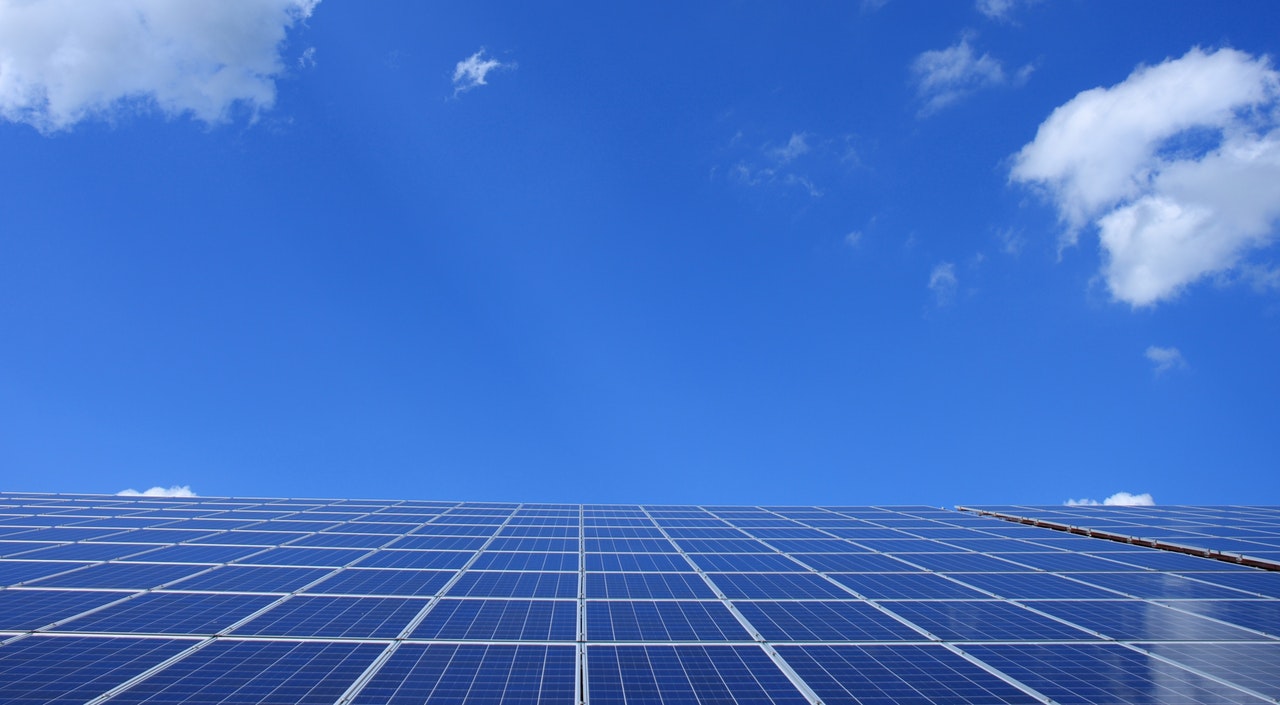India has reduced its rooftop solar target for the 2017-18 financial year from 5 GW to 1 GW.
Reports show that the nation had just 982 MW of rooftop solar capacity in place as of December.
The government had initially targeted 200 MW of installed rooftop solar capacity in 2016, growing to 4.8 GW in 2017 and 5 GW in 2018. However, just 271 MW have been installed this year according to figures from the Ministry of New and Renewable Energy (MNRE).
“So if I can admit … our rooftop programme is not doing really well,” MNRE secretary Anand Kumar was quoted as saying this month by the Press Trust of India.
According to market watchers, the problem is that rooftop solar has not yet become more financially attractive for residential customers than grid power from state distribution companies (discoms).
And in order to avoid losing business, many discoms have reportedly refused to buy surplus power from commercial and industrial rooftop solar installations, thus weakening the business case and prompting customers to install smaller PV systems. And some states either ban net metering or cap the capacity that can be metered.
However, the government is aware of the problem and this month took steps to address it through a proposed incentive framework, called Sustainable Rooftop Implementation for Solar Transfiguration of India (SRISTI).
The scheme aims to offer subsidy support for residential rooftop systems up to 5 kWp.
And, in order to address the problems with discoms, support will be provided for them in the form of incentives for capacity brought online. State-owned Solar Energy Corporation of India (SECI) would also issue tenders for rooftop solar projects whose power would then be purchased by the discoms.
India now aims to have 40 GW of rooftop solar PV in place by 2022.
Source: http://www.decentralized-energy.com/articles/2018/01/india-reduces-rooftop-solar-target.html


